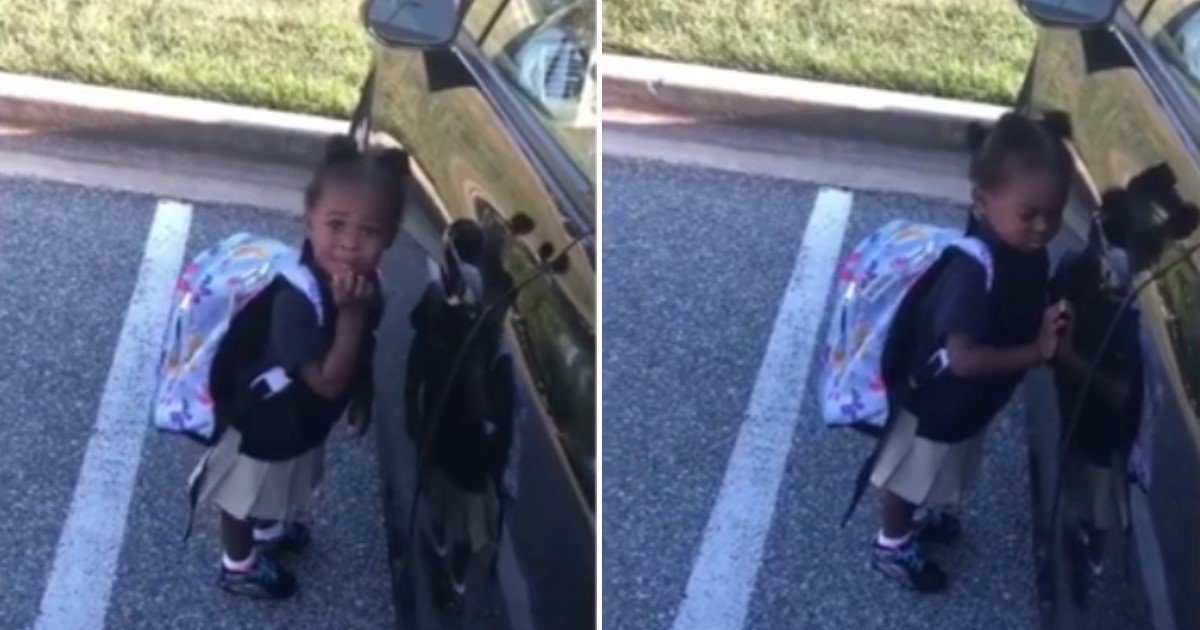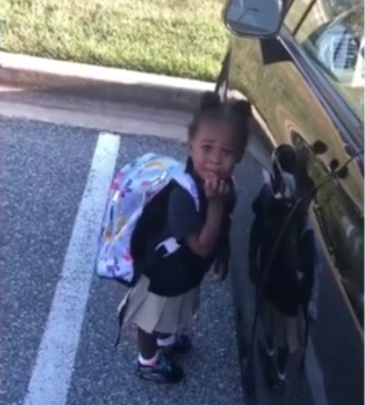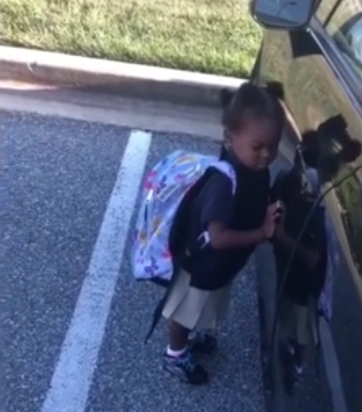Like adults, all children have their own set of traits and personalities.
Some are cool and calm, others tend to be aggressive and outspoken and so on.
When it comes to expressing anger, some simply become quiet while others openly show anger in a more straight forward manner.
The girl shown in this video definitely belongs to the latter group.
Watch the video of the girl throwing a tantrum below.
[rumble video_id=v5pelb domain_id=u7nb2]
Video credit: Rumble
As you saw, the child can be seen showing a sudden outrage of anger when her father does not allow her to drive the car home.
To compensate, the dad tries to keep her happy in every way possible but she just won’t accept any compromises.
It appears as if the child thinks she is entitled to drive the car and her father is the only thing between her and the wheel.
Research shows that some of the children are angrier than the others and this trait is somehow related to the level of difficulty the child faces at school.
Some children don’t know a positive way to express anger so they tend to be angry about small things. From this little girl’s gesture, it can be inferred that she had a rough or tiring day at school.
Another thing to know about children is that frustration and anger are closely related yet two totally different emotions.
Frustration is the outcome of failure and inability to achieve something the child aspires to while anger is a response to an imminent threat, embarrassment or something the child just does not like very much.
Usually, children express anger through screaming, crying, and pushing and throwing objects. Frustration is not very noticeable but causes hindrance in the personality development of a child.
Frustration comes from an unsatisfactory performance at school when the child tries their best to achieve a certain goal but never succeeds.
Frustration, if left unchecked for a long time, can lead to the child feeling helpless. The children start thinking that they will never be good enough for anything in life.
This condition is known as learned helplessness.
If your child appears to be frustrated too often and you can’t specify a reason, try logging the episodes of frustration to observe the trends and patterns which can lead to pinpointing the exact reason behind it.
Replaced!




